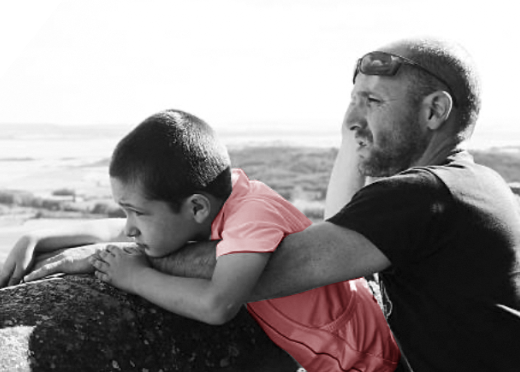Disease management
Current approaches
Current approaches
Management of Alexander disease focuses on alleviating symptoms and enhancing quality of life,1,8,17 and ongoing research and a clinical trial are exploring potential disease-modifying therapies that target the underlying cause of the disease.18,19 Because of the rare nature of Alexander disease, there are a limited number of medical experts who specialize in confirming the diagnosis and developing a disease management plan, which means that affected people may need to travel long distances to consult with specialists.66
Current approaches to disease management include therapies or devices to compensate for some of the physical (eg, seizures, dysphagia, mobility), speech (eg, dysphonia, dysarthria), and cognitive (eg, developmental delay, behavioral problems) difficulties experienced by people living with Alexander disease.1,17

NEUROLOGICAL MEDICATIONS
To manage seizures, muscle spasticity, dystonia, pain, and other neurological symptoms1,17
NUTRITIONAL SUPPORT AND DIETARY MODIFICATIONS
To address feeding difficulties due to dysphagia and/or recurrent vomiting17,23
Gastronomy tube
To ensure adequate nutrition, minimize aspiration risk, and administer medications for those with severe dysphagia17
RESPIRATORY Interventions
To address respiratory insufficiency, including infection prevention, airway maintenance, and mechanical support17
GI/URINARY Medications/interventions
To control reflux, vomiting, drooling, constipation, and urinary retention/incontinence1,17
Augmentative and alternative communication strategies
To assist with communication impairments23
Occupational Therapy
To assist those with physical, cognitive, and/or developmental impairments to maintain their ability to perform everyday tasks23
Physical THERAPY
To improve range of motion and strength, preserve motor skills, and maximize mobility17,23
Assistive Devices
To improve mobility, such as orthotics, braces, gait trainers, wheelchairs, walkers, lifts, and standers17
Sleep Hygiene Optimization
To address sleep disorders and appropriate interventions for sleep apnea17
Neuropsychological support
To address learning and cognitive development, and to develop a plan to optimize learning strategies23
Orthopedic exams and interventions
To evaluate and treat scoliosis, hip dysplasia and dislocation, and low bone mass/fractures17
MULTIDISCIPLINARY TEAM
According to the 2015 GLIA consensus guidelines, the use of a collaborative multidisciplinary team of healthcare providers to address the range of clinical symptoms has the potential to improve care in people with leukodystrophies.67 This team may include1,17:
- Primary care physicians
- Palliative care specialists
- Neurologists
- Neurosurgeons
- Feeding specialists
- Gastroenterologists
- Physical and occupational therapists
- Geneticists
- Urologists
- Radiologists
- Pulmonologists
- Orthopedic surgeons
- Speech-language pathologists
- Social workers
The transition from pediatric to adult care may be especially challenging in individuals with rare disorders; the establishment of standard protocols for the management of transition may help to facilitate a seamless integration from child-centered to adult-centered care.68